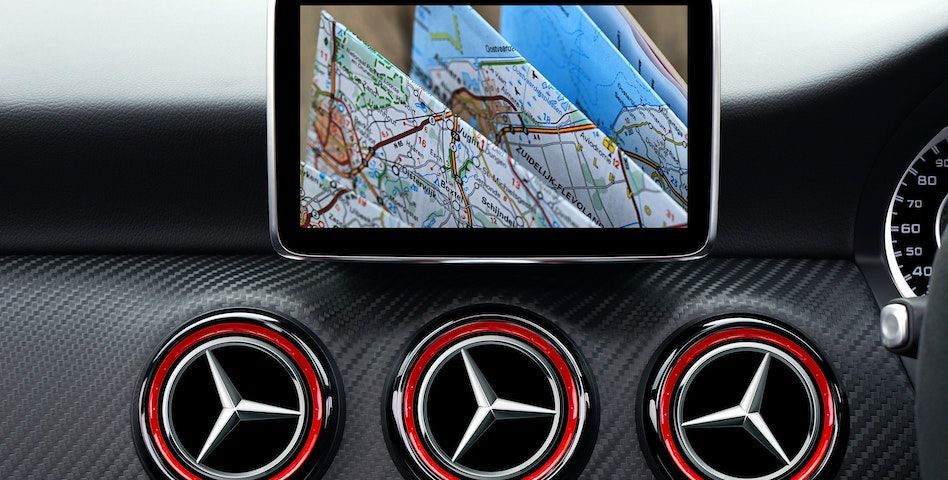(Untitled)
1. Introduction
Dash cameras are one of the most popular devices used by drivers all around the world. These devices are installed in vehicles to record video footage of the road while driving. Dash cameras are used to provide evidence in the event of an accident, to monitor driving behaviour, or simply to capture beautiful views while driving. In this buyers guide, we will explore the different types of dash cameras available, the features to look out for, and tips on how to choose the best one for you.
a. Definition of Dash Cameras
A dash camera, also known as a dashboard camera, is a type of camera that is mounted on the dashboard or windscreen of a vehicle. It records video footage of the road ahead and sometimes the interior of the car. Dash cameras are widely used for various reasons, including providing evidence in the event of an accident, monitoring driving behaviour, and capturing scenic views while driving.
b. Types of Dash Cameras
There are two main types of dash cameras: single-lens dash cameras and dual-lens dash cameras. Single-lens dash cameras are the most commonly used, as they are more affordable and are able to capture footage of the road ahead. Dual-lens dash cameras are more expensive but offer more features, such as the ability to record footage of the interior of the car as well as the road ahead. Other types of dash cameras are also available, such as dash cams with multiple lenses and 360-degree dash cameras.

2. Benefits of Dash Cameras
Safety
Dash cameras are beneficial for safety, as they can provide evidence in case of an accident. For example, if you are involved in a car accident, the dash camera footage can help prove who was at fault and provide evidence for insurance claims. Additionally, dash cameras can help protect you from false accusations by providing a reliable record of the event.
Security
Dash cameras can also help provide a sense of security by helping to deter theft. Having a dash camera installed in your car can make it less likely to be targeted by thieves, as they will know they are being recorded. Furthermore, dash cameras can be used to help identify the perpetrators of any theft that does occur.
Convenience
Dash cameras can also provide convenience. For instance, they can help you remember where you parked your car, or provide evidence of any traffic violations you may have witnessed. Additionally, dash cameras can be used to help plan routes, as they can record the traffic and road conditions along the way.
3. Key Features to Consider When Buying a Dash Camera
a. Resolution
The resolution of a dash camera determines the quality of the video recorded. A higher resolution means more detail captured, and it will be easier to identify license plates and other important details. Look for a dash camera that has at least 1080p resolution. This will provide a clear and sharp image. Some dash cameras offer higher resolution options, such as 4K, which is ideal for capturing even more detail.
b. Field of View
The field of view is the area that the dash cam can capture in the video. This is measured in degrees, and the wider the angle, the more of the road the camera will be able to see. Look for a dash camera that has a wide-angle view, such as 140 degrees or more. This will ensure that you get the most out of your dash camera.
c. Storage Capacity
Dash cameras use microSD cards to store the video recordings. Look for a dash camera that has a good storage capacity. This will depend on the type of footage you want to record. For example, if you want to record long drives, look for a dash cam with a large capacity so that you can store more footage. Look for one that has at least 32GB of storage.
d. Battery Life
If you plan to use your dash camera for long drives, you will want to make sure that it has a long battery life. Look for a dash camera that has at least 10 hours of battery life, so that you can record your entire drive without having to worry about it running out of power. If you plan on using your dash camera for short trips, look for one with a shorter battery life, such as 2 hours.
e. Other Features
There are a few other features to consider when looking for a dash camera. Some dash cameras come with motion detection, which will record when motion is detected in front of the camera. This can be useful for recording any unexpected events. Look for a dash camera that has Wi-Fi connectivity, so that you can transfer your recordings to your phone or laptop. And lastly, look for one that has a good night vision feature, so that you can record clear footage even in low light conditions.
4. Conclusion
In conclusion, dash cameras are an invaluable tool for any driver. They provide a visual record of your driving and can be used to settle disputes with insurance companies. They are also great for capturing unexpected events on the road. When choosing a dash camera, there are a few important factors to consider, such as resolution, frame rate, storage capacity, and battery life.

a. Summary of Dash Cameras
Dash cameras are small cameras that are mounted to your vehicle’s windshield or dashboard. They record footage of your driving and can be used to settle disputes with insurance companies or to capture unexpected events on the road. Dash cameras come in a variety of shapes, sizes, and features, so it’s important to choose one that fits your needs.
b. Tips for Choosing the Right Dash Camera
When choosing a dash camera, there are a few important factors to consider. The first is resolution. Dash cameras come in a variety of resolutions, ranging from 1080p HD up to 4K Ultra HD. The higher the resolution, the clearer the image will be. Next, you’ll want to consider the frame rate. Frame rate determines how smooth the footage looks, and higher frame rates will produce smoother footage. Third, consider the storage capacity. Dash cameras come with either internal storage or external storage. Internal storage typically ranges from 16GB to 128GB, while external storage can range from 32GB to 1TB. Finally, consider the battery life. Dash cameras typically run on either AC power or internal batteries, and the battery life will vary depending on the type of camera.